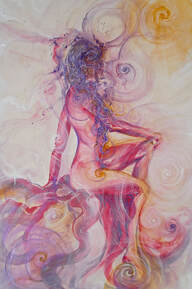What Do We Know?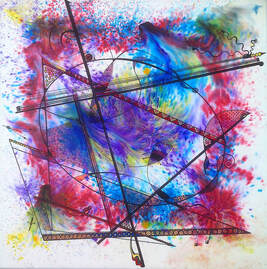 COSMIC EGG COSMIC EGG What Do We Know is a new, international, virtual art exhibition from 3-30 June exploring Spiritual art and its multitude of feelings, experiences, viewpoints and forms of expression. Curated by Art Director and Visual Artists Association Mentor, Karen van Hoey Smith. What Do We Know features nine international artists who all work from a deeper space; moving past the noise of modern life to create a physical form of an external presence. The word ‘Spiritual’ has been hijacked to elicit different meanings and reactions. By coming together, these 9 artists ask what does Spiritual really mean, can one word describe a multitude of feelings, experiences, viewpoints and forms of expression, and is ‘Spiritual’ the word to describe this movement? 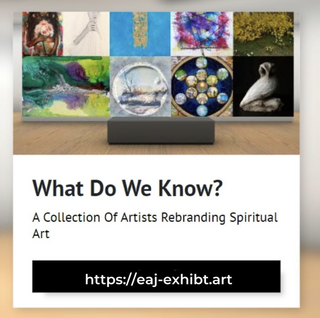 Ana Delgado - photographer living and working in Brooklyn, New York E. Alana James, EdD - digital collage artist living in Ireland Karen French - author, painter and speaker living in Oxfordshire, UK Kirsten Todd - painter, medium and Reiki Master/Teacher living in Lancashire, UK Kristen Palana – American-Portuguese multidisciplinary artist based in Malawi Ozlem Yikici – British-Turkish painter living and working in London, UK Sadie Bridger - multimedia artist in New York City Sarah Brabbin - sculptor living in the UK Vicky Paul – Scottish artist, intuitive and energy healer based in Bedford, UK
Featuring a variety of styles and meanings, from visual art to photography and sculpture, these artists share the ability to stop or remove themselves from the noise of life, called to make the unseen seen. By placing the variety of styles and meanings together, What Do We Know aims to open up conversation about the inner state that starts creativity and makes that first mark. Most artists that cite Spiritual or Intuitive as the source of their creative process have been advised to keep that quiet, as if there is some kind of shame or embarrassment associated with sharing the truth around their practise. Eleanor Heartney comments in her 2020 essay in ArtWorld that there is now an acknowledgement that previous art movements were inspired and created from a Spiritual basis, and that other modern artists have their stated points of reference, but “none of this has gelled into a collective movement”. Karen van Hoey Smith (curator) What Do We Know is not about creating a collective or a movement. It is the beginning of open-minded humans who wish to explore and converse about the inner state that starts creativity and makes that first mark. Is this purely living in the present and innocence prevails? Or are these artists channelling parts of their brain and psyche that are unknown to them in their daily lives? This exhibition is about having the courage to explore what Spiritual is, so that it can be held as an honourable banner and part of these artists’ practise, life and inspiration. It is also an invitation to the public, and the art community, to appreciate the presence of a non material realm as a genuine source of motivation and inspiration. Karen van Hoey Smith (curator) WRITTEN BY Vicky Paul
0 Comments
Design and Form: The Basic Course at the Bauhaus by Johannes Itten Thames and Hudson 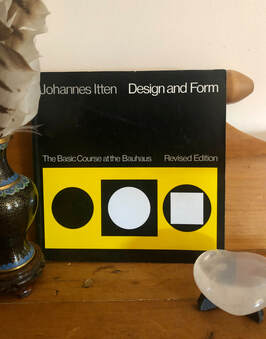 Recommended Read 'Design and Form: The Basic Course at the Bauhaus' by Johannes Itten (1888 - 1967), published by Thames and Hudson. A very interesting book into some of the basic theories of colour, tone and shape that were taught at the highly influential Bauhaus school, in the earlier part of the century. Most of the book comprises of images of artwork from artists of the time. Johannes Itten was a Swiss artist, writer, teacher and theorist and was part of the Expressionistic movement. He was Mazdaznan, a strict vegetarian and meditated to develop inner understanding and intuition. Originally he trained as a school teacher incorporating new theories of teaching, notably including the practice of not correcting his students' creative work individually, so as not to crush their creative impulse. He chose certain common mistakes to teach the whole class. From the influence of Hölzel, Itten chose a series of basic shapes (the line, the plane, the circle, the spiral) as a means from which to begin creation. His students did gymnastic exercises before class to relax! Later music and other relaxation techniques. Itten had a HUGE influence on the use of colour in modern art and even the cosmetics industry. He taught the preliminary course at the innovative Bauhaus from 1919 to 1922 - the basics of material characteristics, composition, and colour. He theorised 7 types of colour contrast. These were hue, value, temperature, complements, simultaneous contrast (Chevreuil), contrast by saturation, contrast by extension.
Oxfordshire Artweeks celebrated its 40th year in 2022 and the turnout to all the art exhibitions in May was incredible! Thank you to everyone that came to The Spice of Life, behind the Spice Lounge restaurant in Summertown. It was wonderful to be able to exhibit 'Porthole', 'Sun Light Codes' and 'Sacred Geometry Bots' from my Spring Collection - Circular exploring the sacred geometry of the circle and colour symbolism, as well as some older favourites. GUSTAVE KLIMT was a pioneering symbolist artist of art nouveau whose style was controversial due to its erotic elements. Symbolism, including that of geometric shapes, was used extensively and overtly in his art. Never subtle, he used symbolism imaginatively in a way that generated criticism since he was so far ahead of the time period. Klimt is best known for the style of his later works, which includes the use of gold paint/leaf, abstract space in the art and exotic symbolism of the female figure. The Tree of Life (above), symbolic of the union of Heaven and Earth, is a well known Klimt masterpiece. This stunning painting is full of geometry in the patterning and in its underlying structure. The figure for 'Anticipation' (left hand side) has triangles directing you to look at her face, which itself is looking at a desired future of 'Fulfilment'. Symbolically triangles are associated with eyes and directed intent. The embracing figures of 'Fulfilment' (right hand side) are united in an oval. Note the yin/yang male/female faces and within the robes. There are interesting geometric patterns within the males robe, such as the square grid. Dynamic spirals of the 'Tree of Life's' branches unwinding enfold the two sides and also, like a labyrinth, tell the story of life as it progresses. Click here for a more analysis of the painting by Samui Art Gallery. Golden Adele Bloch Bauer is the most famous portrait by Klimt. You will note how the head, with eyes, is at the top of an underlying implied triangle in the structure. Eyes within vesica piscae, themselves within triangles, are in a pillar and the triangles point towards the top, head. An Eye in a triangle symbolises our mind frozen in a physical body; the eye of the expansive Mind looks out of the triangular window into a reality perceived by the 3-Eyes (two physical ones and the third inner eye). Spirals of manifestation surround her head, much like those of Buddha. In the background squares of the physical realm provide strength and stability.
The jewelled mandalas of Suzan DrummenThe gorgeous mandalas of artist Suzan Drummen are large installations that 'grow' across the floor, walls and over obstacles. Their 3-dimensional surfaces are like the tempting delights of a patisserie or jewellers! Mesmerising on the screen they must be wonderful to behold in reality. Like the works of Monir Shahroudy Farmanfarmaian they are made out of pieces of mirrors and glass, but also crystals, chromed metal, precious stones and optical glass. "A sensory experience, and visually stimulating, the glittering installations play with the architecture of the space — climbing up walls and sweeping across the surfaces — examining the idea of illusion and optical effects. When viewed from a distance or from above, the work looks organized and neat, but with close contact, visitors enjoy seeing the many intricate details resulting from the skilled craftsmanship that goes into each art piece. in much of her work, drummen places each glossy element loosely on the floor, making the artwork vulnerable and ephemeral." Design Boon
Having had the pleasure of having a stand next to Stephen Meakin and after seeing his work at other events I really wanted to share his talent with you. Stephen's mandalas are stunning! Vibrant colours, intricate detail and powerful symbolism. I highly recommend a visit to his website www.themandalacompany.com to see more of his work and how he creates his large masterpieces.
Today I discovered the Swedish artist Wilma af Klint (1862 - 1944) and was thrilled by her beautiful abstract art of sacred geometry. She produced nearly 1200 pieces and insisted they were not put on public view until at least 20 years after her passing. Interestingly, many of her abstract compositions pre-date Kandinsky. 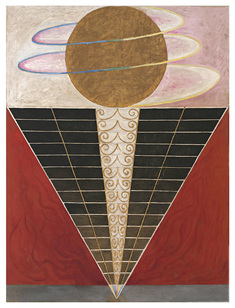 Throughout her abstract work is a genuine desire to understand and reveal the spiritual through her painting. Many of her paintings were like 'diagrams' and represent complex spiritual ideas. Essentially they are like Yantras, or 'thought-forms', and are representations of abstract concepts. I went to see her exhibition on the 27th April and it was outstanding! It has inspired me to do LARGE pieces. Not sure how or where yet... The Serpentine Galleries in London is holding an exhibition of her art right now from 3rd March - 15th May 2016. Thank you Kevin Thomson (author of several books on internal and other marketing, such as 'The Company Culture Cookbook') for recommending Bruno Munari's fabulous book, 'Square Circle Triangle' by Princeton Press. Lost for words as to how much I am enjoying reading it.
|
Archives
December 2023
Categories
All
|
|||||||||||||||||||
Gateway to the Heavens Do you realise you actually shape your destiny and shapes influence your destiny. If you want to understand how this works ask Karen to give a talk about it or read her excellent book. You may have hated even the mention of geometry at school, but Karen's simple and illustrated explanations will give you a real insight into this fascinating topic. |
The Hidden Geometry of Life The attentive audience was enthralled by Karen's introduction to the principals of this truly multi-dimensional topic ... The energy in the room, by the end of the evening, was well and truly charged! |
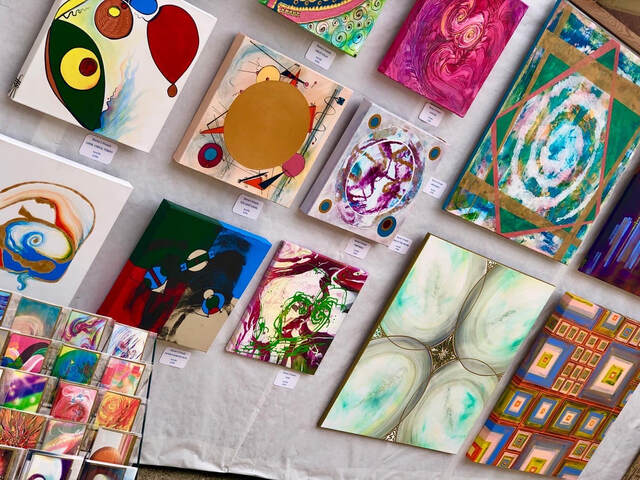
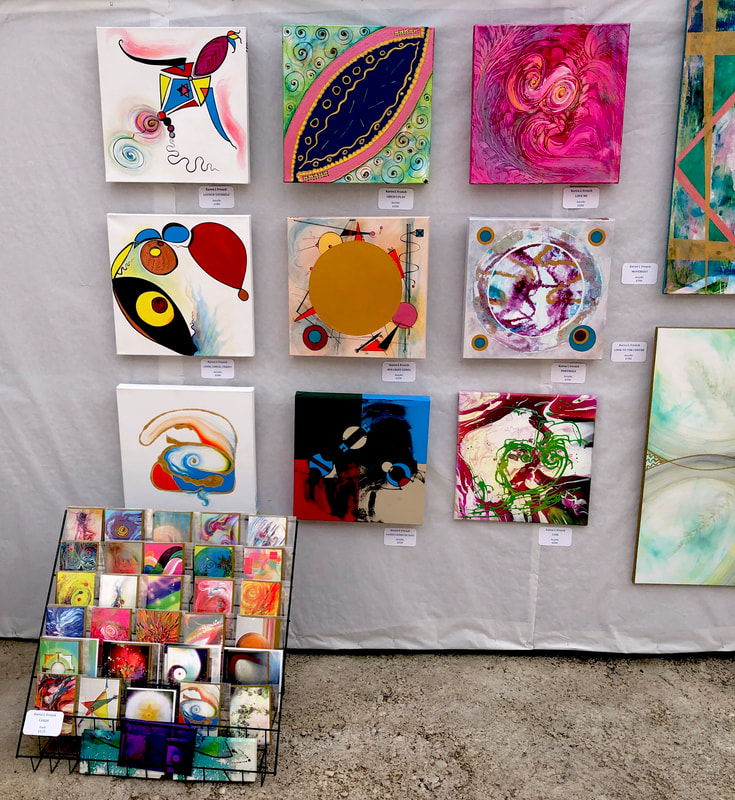
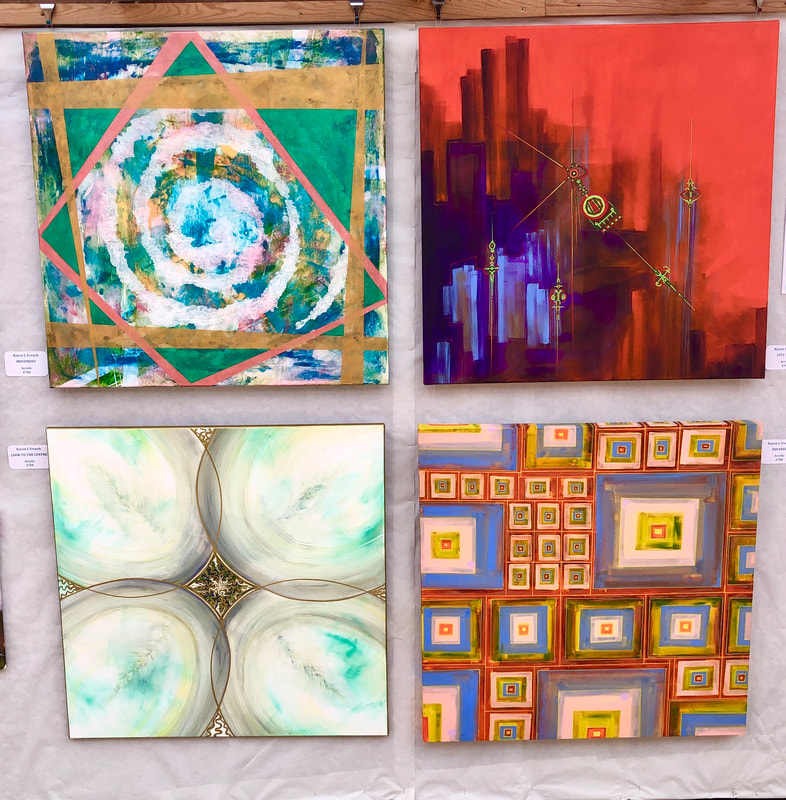
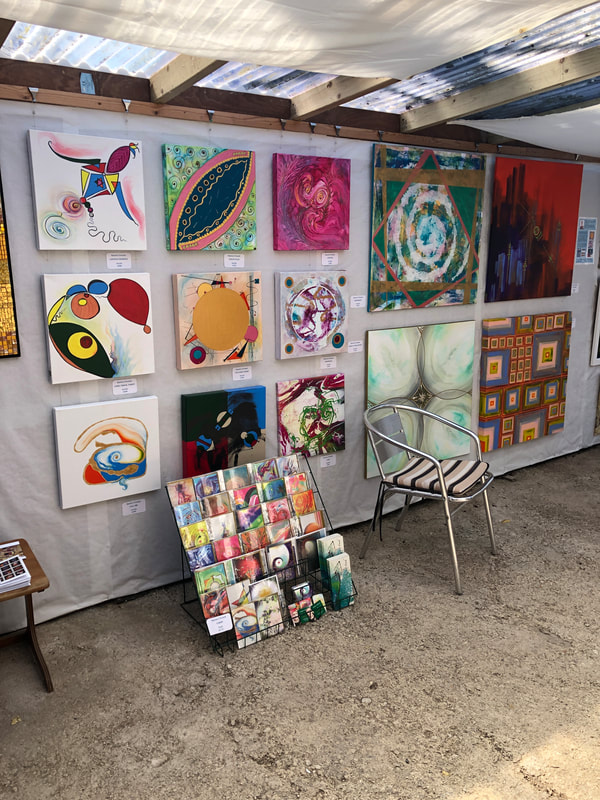
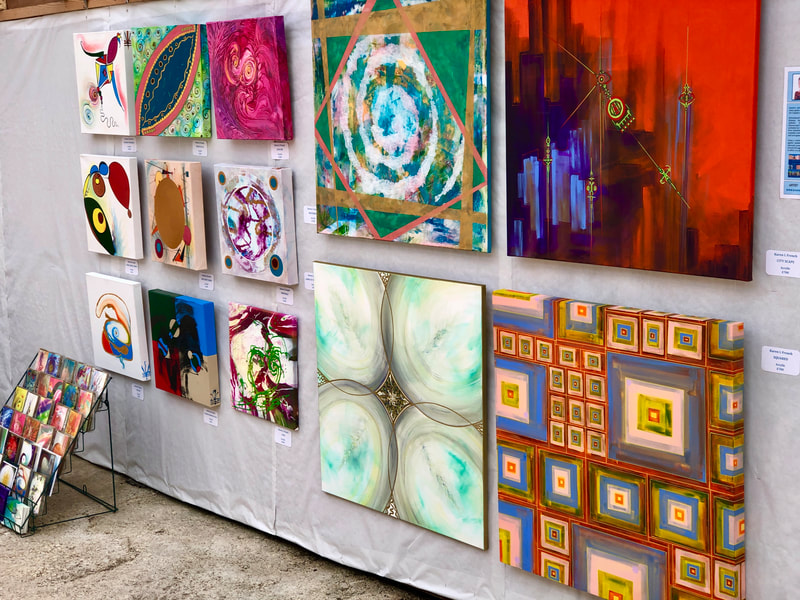
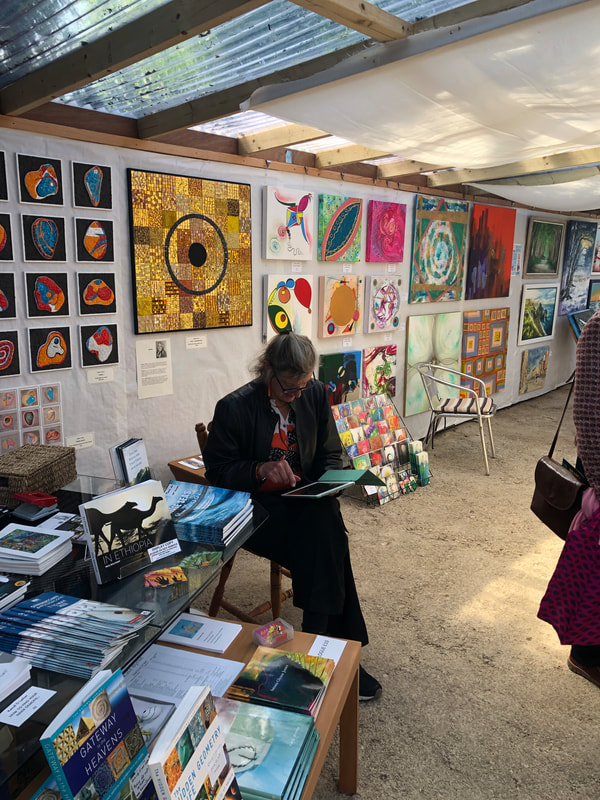
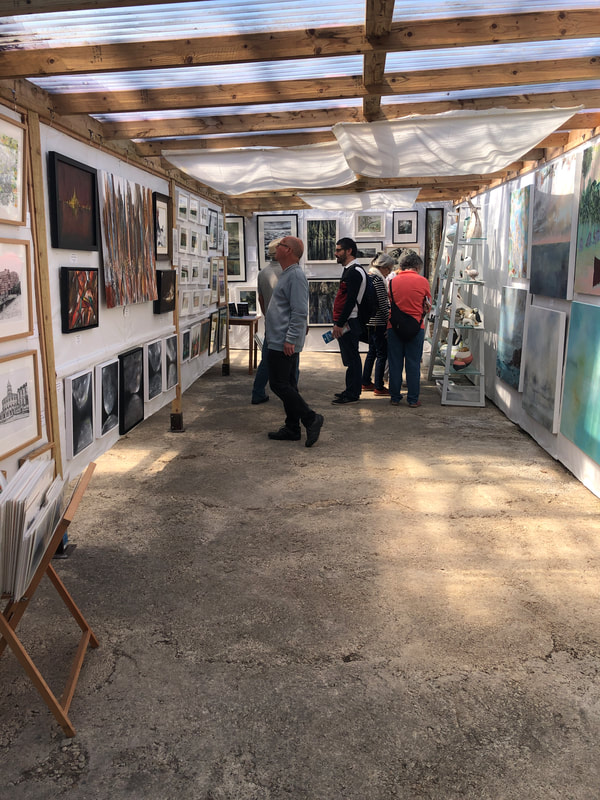
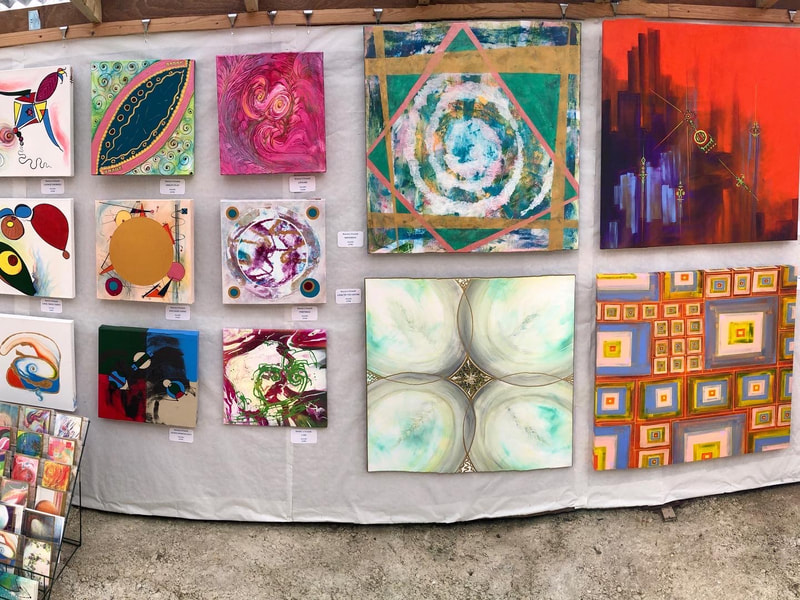
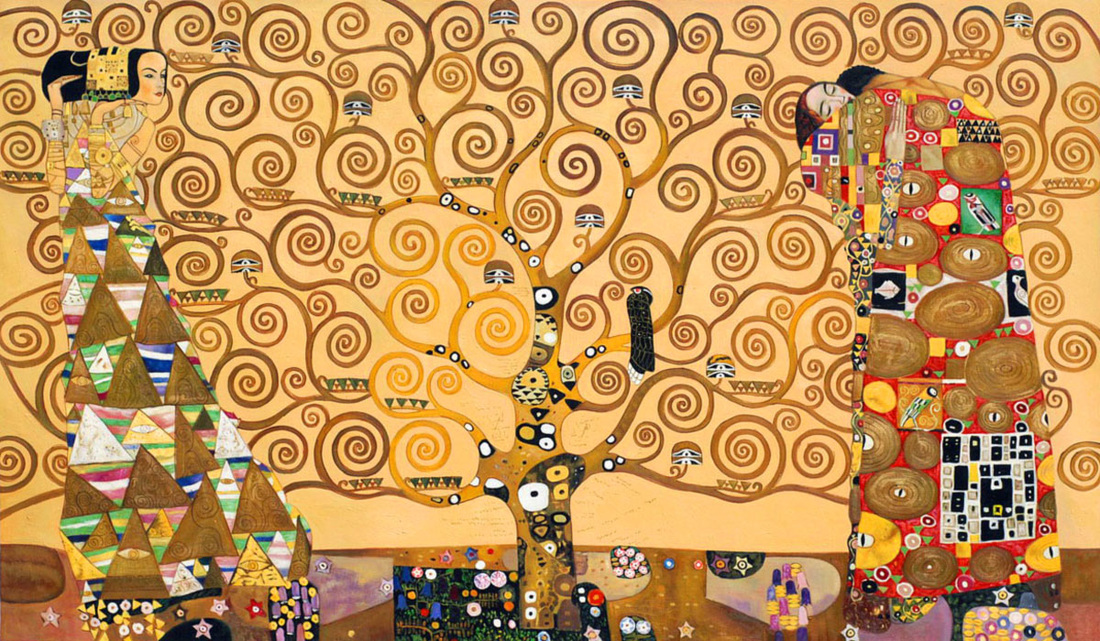
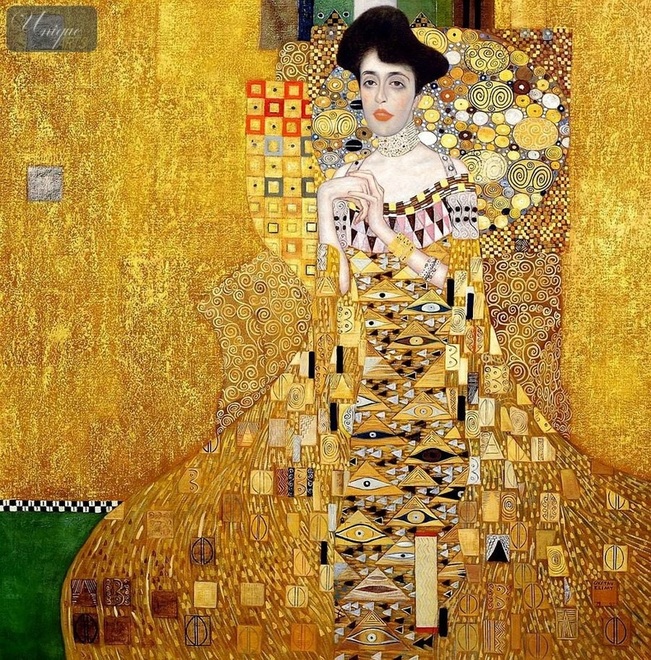
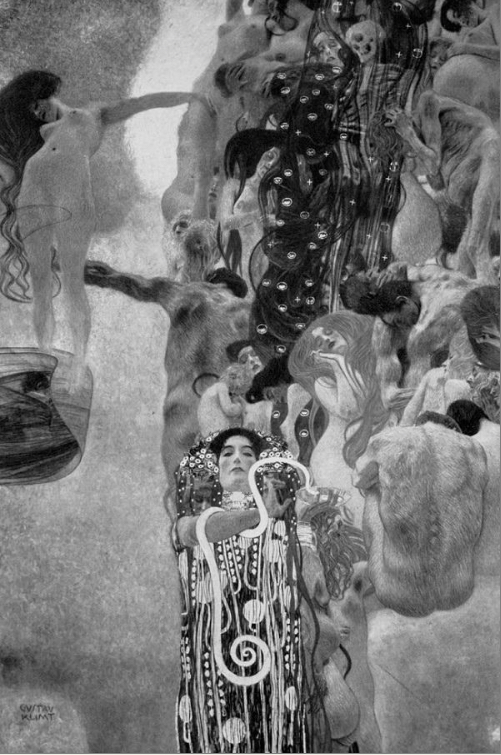
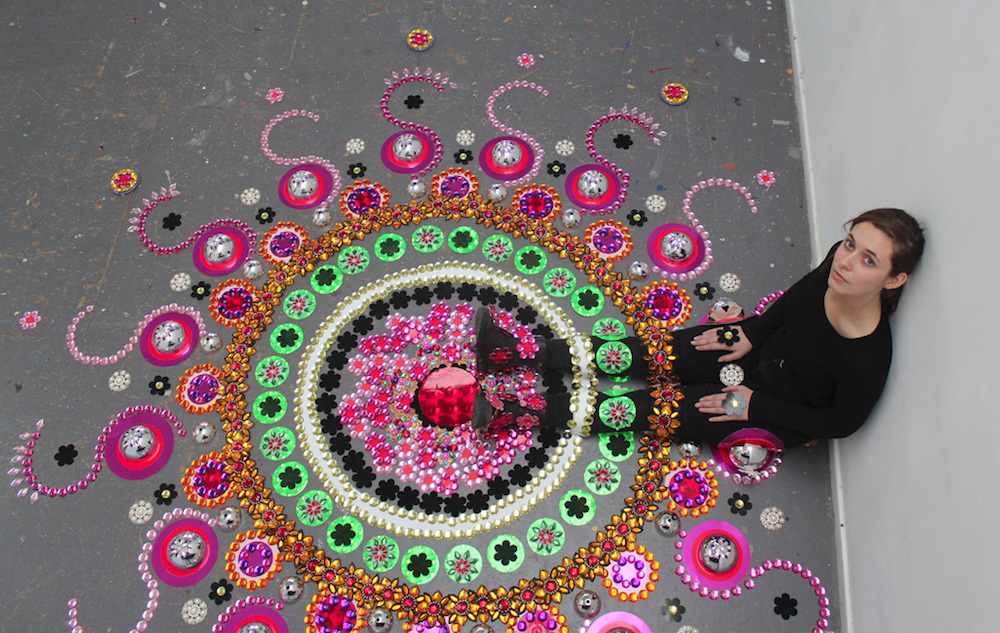
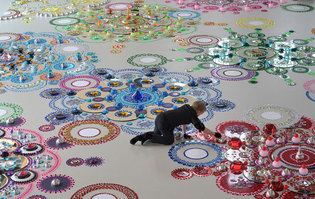
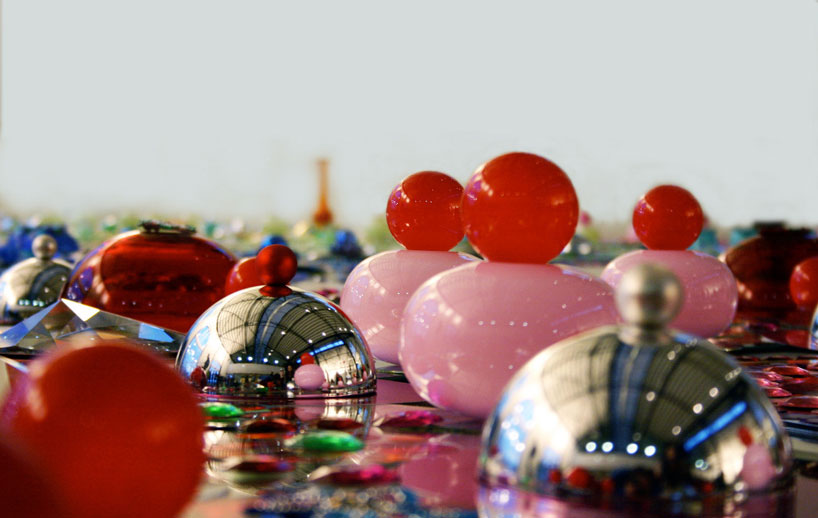
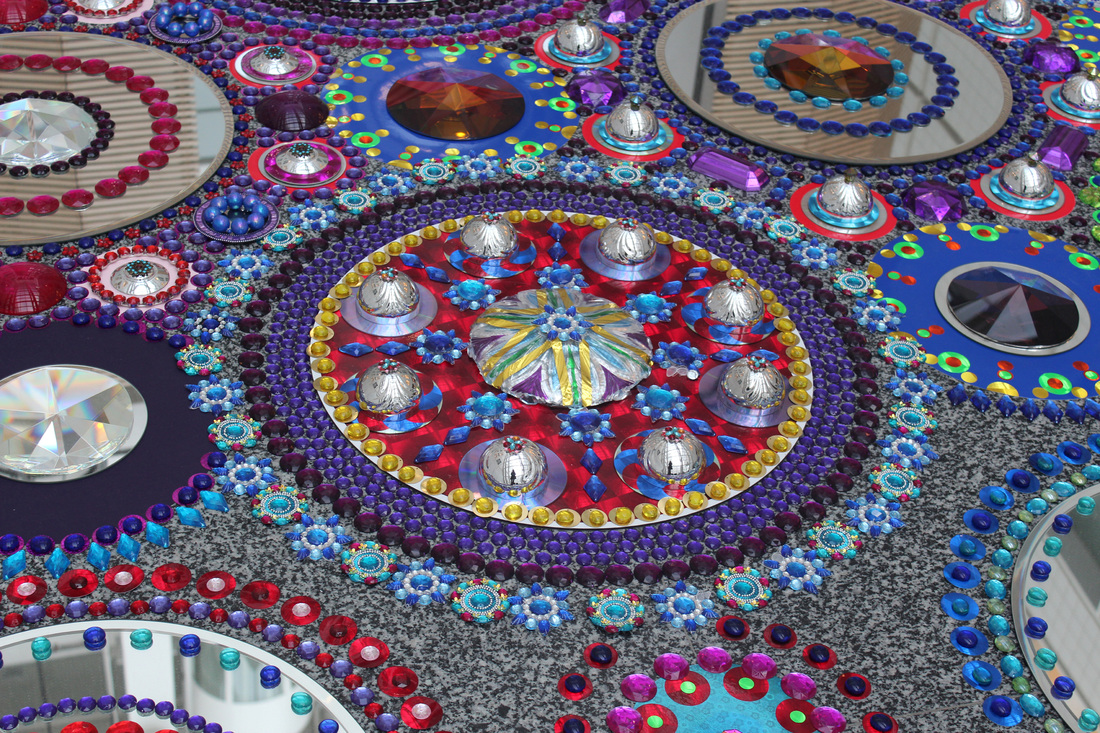
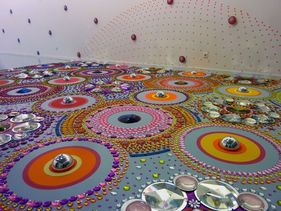
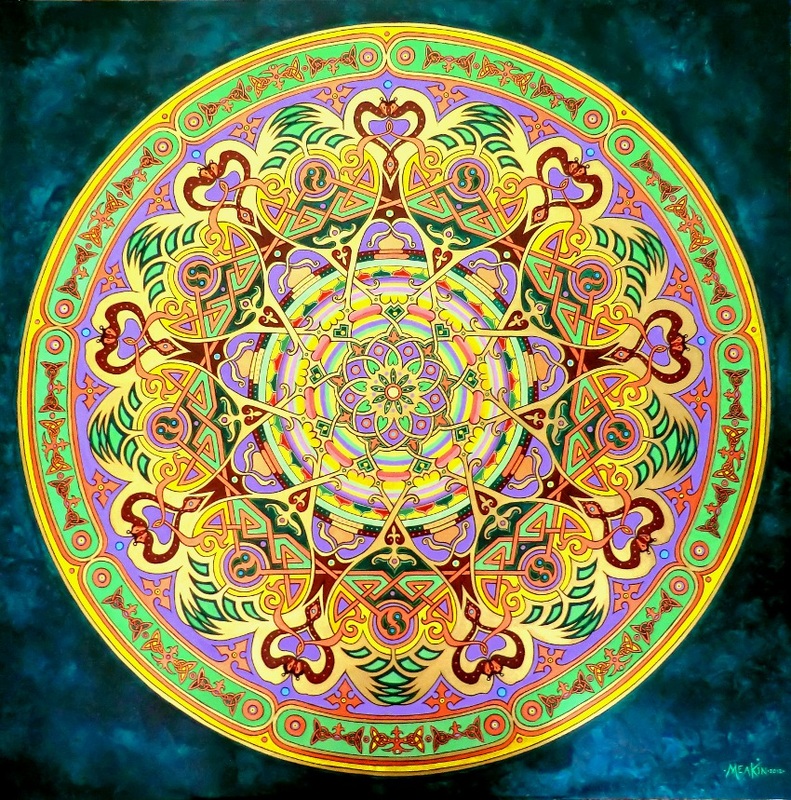
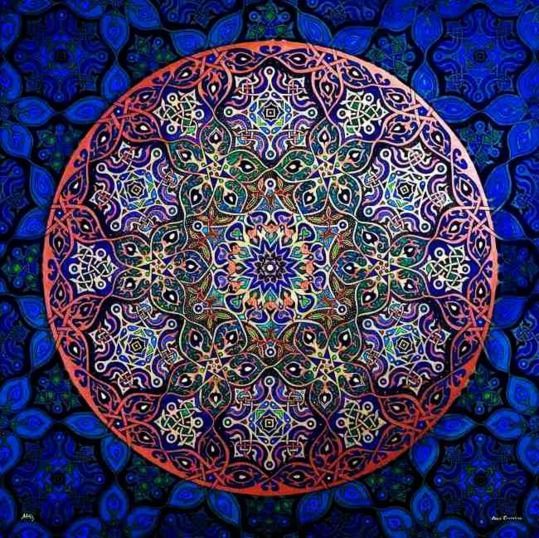
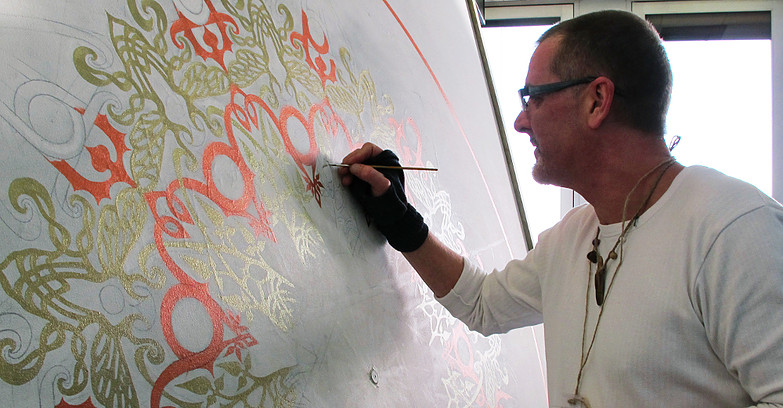
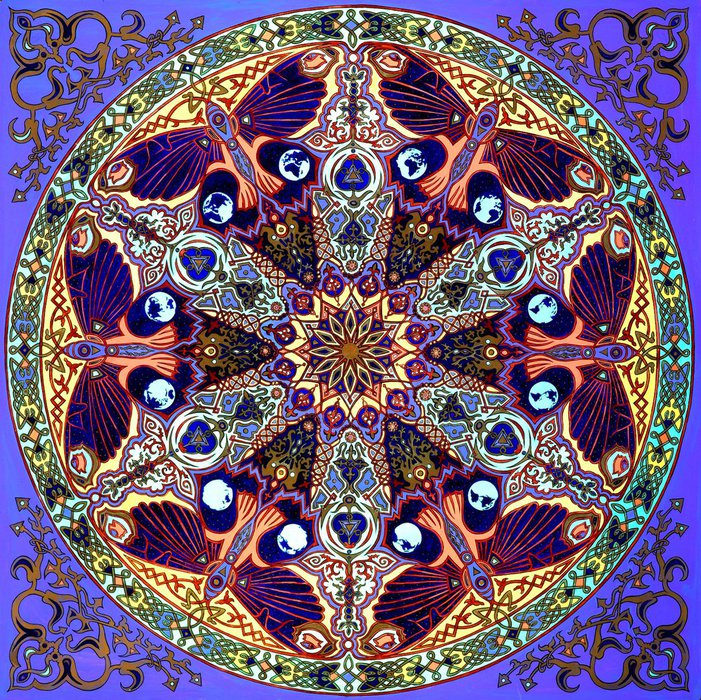
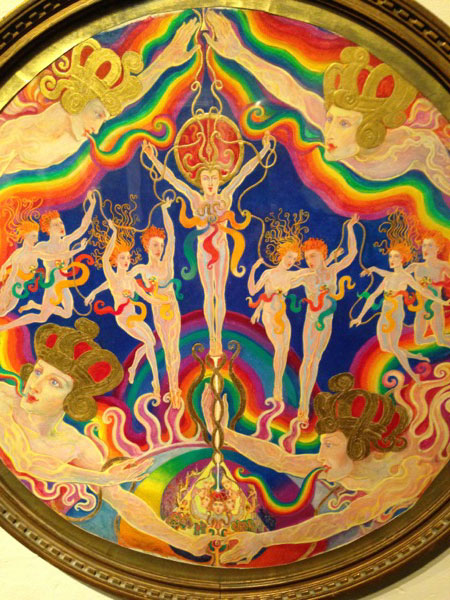
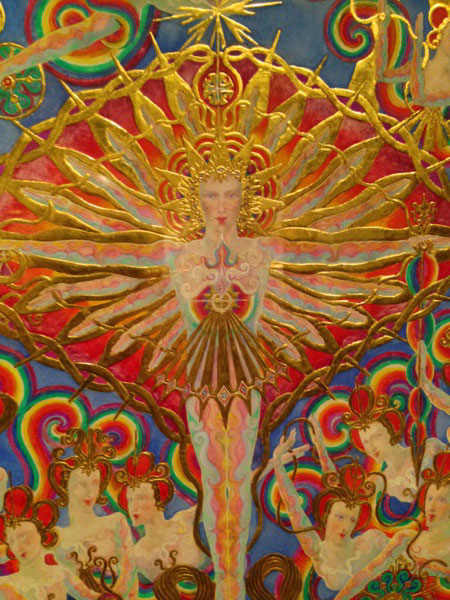
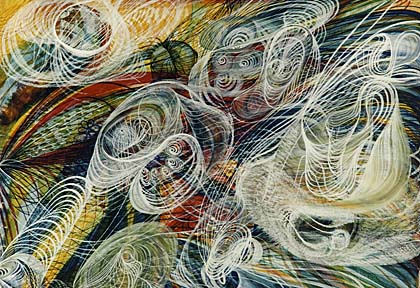
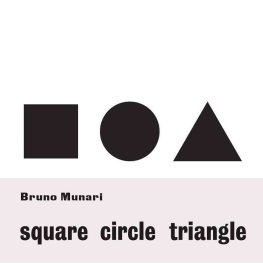
 RSS Feed
RSS Feed

